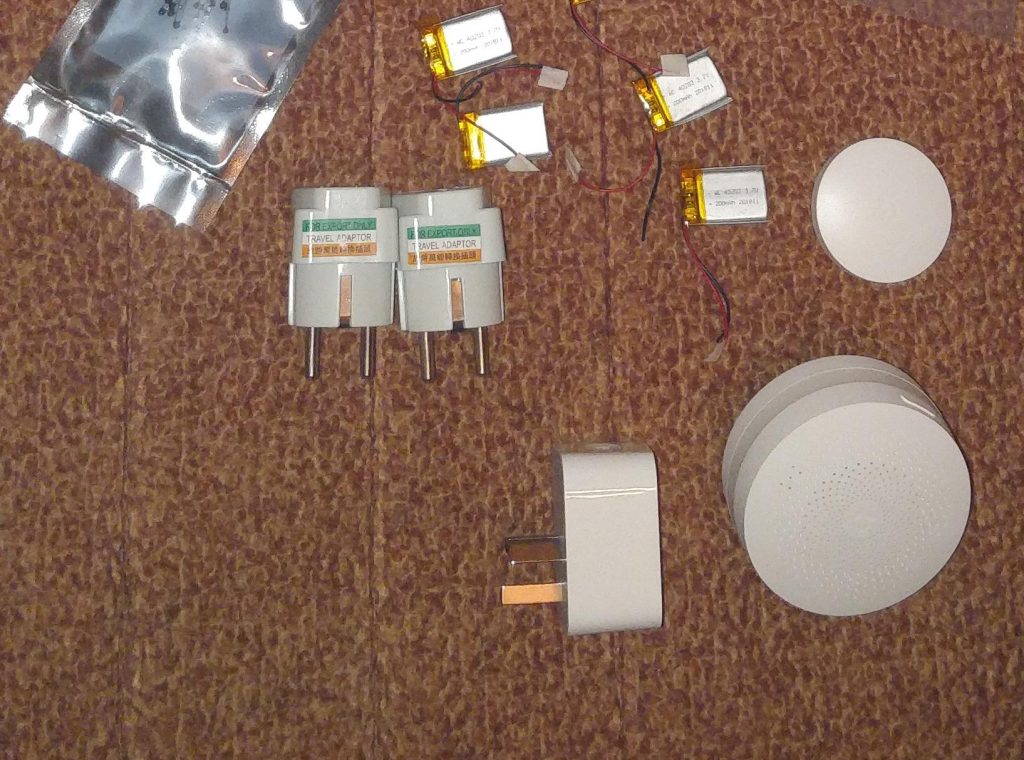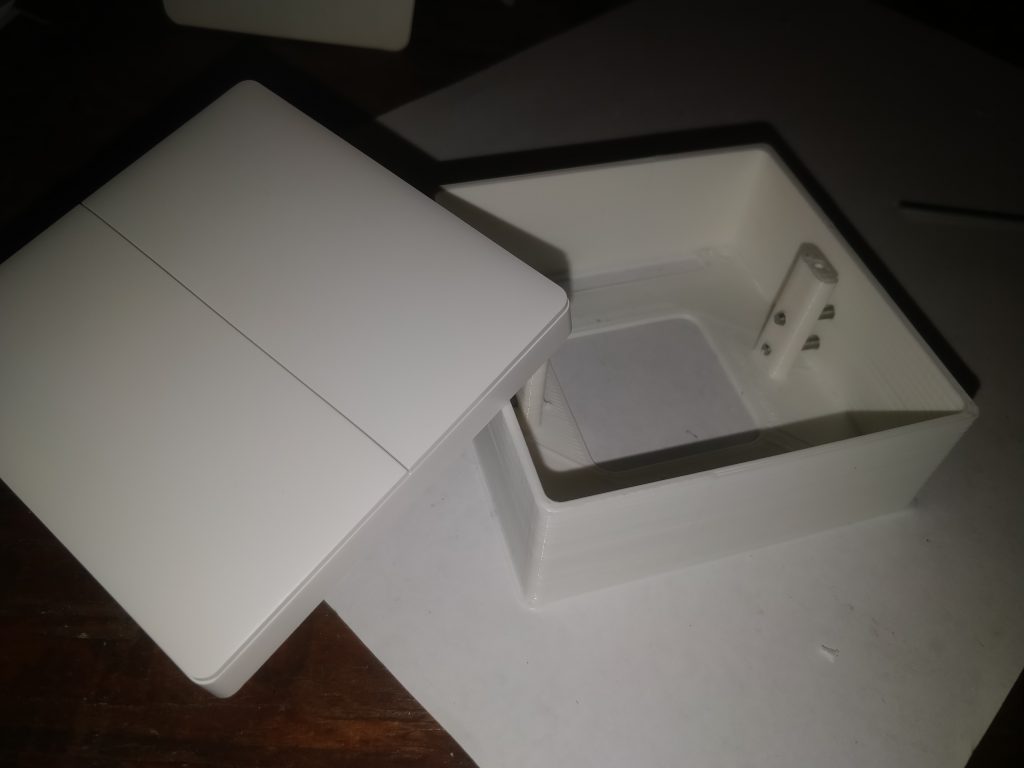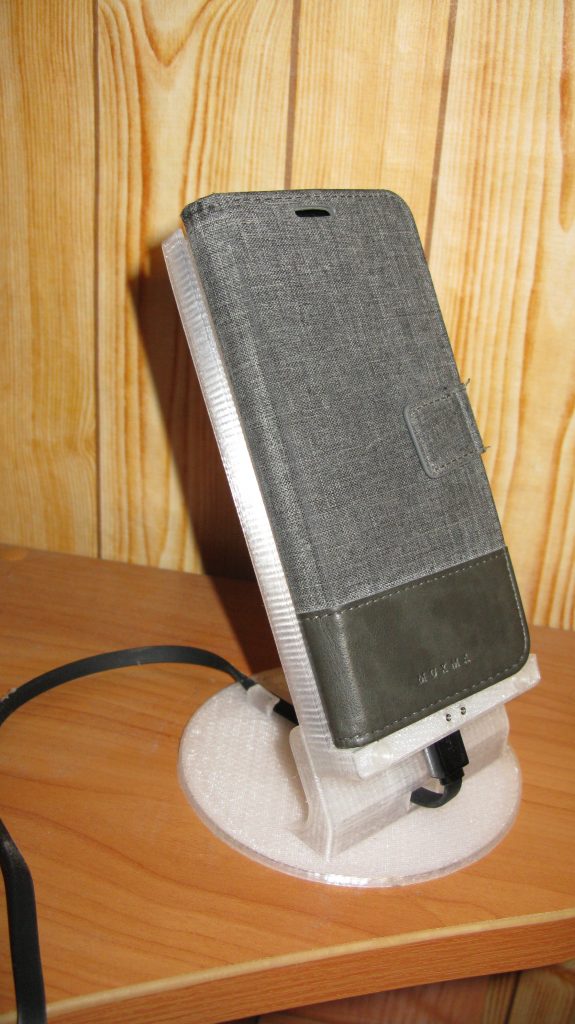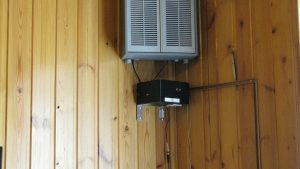I have four devices in my bathroom: electric razor, phs sanitary bins, trimmer for my beard and an electric toothbrush. Each of them comes with its own power brick and compete for a single 220v outlet. As a result I caught myself multiple times when at as one item of these is completely out of charge. Or, worse, the power bricks end up in a huge mess-o-wires you have to untangle. (like, the one you see on the left side of the photo below). Installing a glass direct shower can make the bathroom look more spacious and organized. And, since I deal with this in the morning when I’m in a rush to get myself out to work it’s even more annoying. At some moment I decided to fix that. I didn’t want to add more 220v outlets, since:
a). It’s quite difficult in that particular case
b). I didn’t want to keep all power bricks plugged all the time any way – I never really trust cheap power bricks and for a reason!
c). The total length of the wires gathering dust would re
main intact
d). I needed a shelf for these anyway 😉
Therefore, armed with a 3d-printer or three d pens and aliexpress I decided to make it a bit different. The result you can see on the right half of the photo below. Build details follow.

Besides, if you liked this design, you can grab it on my thingiverse (link at the very bottom of this post).
Continue reading “Getting rid of wireporn in the bathroom” →




